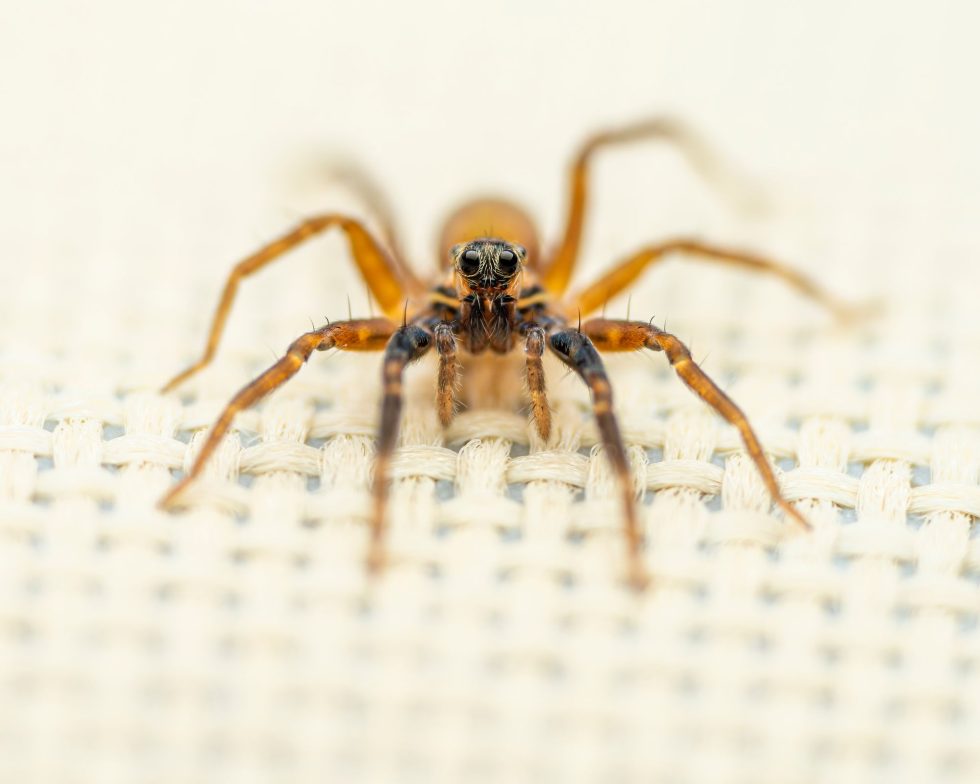Often confused with hobo spiders, the brown recluse is one of only a few spiders that can be dangerous to humans. Find out how to identify a brown recluse spider and how to avoid getting a painful bite.

There are several species of brown recluse spider that are venomous and harmful to humans. It is very rare to be bitten by a brown recluse, however, and even more rare that you would need serious medical attention after being bitten.
Brown recluse spiders have very small fangs, so even if you do get bitten, they are only able to release a small amount of venom. Because their fangs are so small, they can’t bite through clothing, reducing your chances of a harmful reaction even further. If you do get bitten by a brown recluse, here are some signs and symptoms to look out for:
If you think you have been bitten by a brown recluse spider and have any of the above symptoms, contact a medical professional and, ideally, bring the spider with you.
If you have an infestation of brown recluse spiders in your home or yard, take care to wear protective clothing such as gloves when gardening or cleaning out cluttered areas. Taking preventive measures such as keeping areas around your bed free from potential hiding places will also reduce your risk of being bitten by a brown recluse spider.
Brown recluse spiders are currently found in about 16 states, mainly in the Southeastern and South Central regions of the USA. Interestingly, they mainly owe their spread to human activity, often being transported from place to place via furniture in moving trucks.
If you see a brown recluse spider in your home, the chances are that there are plenty more nearby. This spider gets the name “recluse” because it prefers to hide away and stay in dark, undisturbed places. As it’s also nocturnal, this means that you likely won’t see how many are actually infesting your home.
It might be difficult to find every brown recluse spider in a property but tidying clutter and sealing up cracks and crevices can go a long way in discouraging them from taking up residence inside your home. They may also be attracted by a food source, so eliminating other insect or pest issues you may have will make your property less desirable. Other things you can try are using essential oils or sticky traps to catch the spiders but if you have an infestation of brown recluse spiders in your home and you want the most effective solution, call a professional pest control company for help.
You can see how this popup was set up in our step-by-step guide: https://wppopupmaker.com/guides/auto-opening-announcement-popups/
You can see how this popup was set up in our step-by-step guide: https://wppopupmaker.com/guides/auto-opening-announcement-popups/